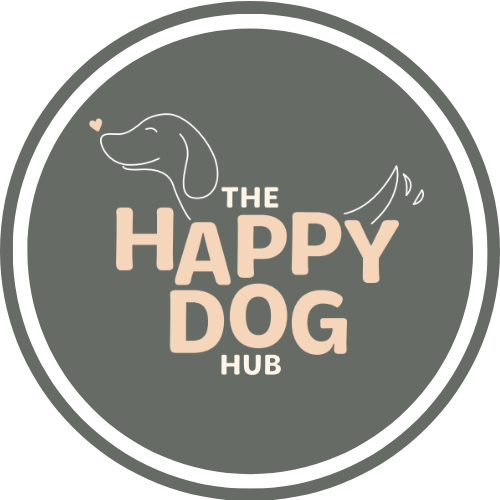Dog Grooming – Bathing & Brushing
Bathing and Brushing Your Pet
Bathing is an important aspect of pet care. It helps to maintain and healthy skin and coat. Bathing helps to remove unpleasant odors, excess hair and dirt.
Bathing can be performed when the pet needs it. Try to avoid bathing more frequently than every 2 weeks as excessive bathing can remove important natural oils within the coat.
Types of shampoo and conditioner
Always choose a natural, hypoallergenic pet-approved product. Human shampoos are not acceptableas dogs have more sensitive skin and different skin pH to that of people.
Common shampoo types:
General purpose
Hypoallergenic
Medicated
Oatmeal
Flea
If your pet has a skin condition, always ask your groomer or veterinarian about a product suitable foryour pet.
Tools you will need
Bathtub, laundry skin, or large bucket
Pet approved shampoo and conditioner
Towel
Water source e.g. hose or another bucket full of warm water
Waterproof brush
Treats
How to bathe your pet
Always start bathing your pet from a young age and use treats to help make the experience a positive one. Walking your pet or giving them a play will help reduce excess energy for bath time.
Fill the bath with warm water
Gently wet the dog’s coat
Gently lather in the shampoo
Rinse
Apply conditioner
Rinse again
Drying your pet
Allow your pet to shake off any excess water. Most dogs will instinctively do this anyway
Use a large absorbent towel to pay dry your pet
Where a pet cannot comfortably air-dry, using a hairdryer is an option. Always have it on a low setting and use it at least 30cm away from your pet.
Brushing your pet
Brushing your pet on a regular basis, between baths, will help keep your pet’s coat healthy and
prevent matting.
Guidelines on brushing frequency
Smooth, short coat | Every 3 weeks
Short, dense coat | Every 1-2 weeks
Long or double coat | Weekly
Puppies | Weekly
Trimming Hair
Some pets require regular hair trims between professional grooming sessions to help maintain hygiene and prevent irritation.
Areas commonly affected:
Eyes
Bottom
Chin
Toes
Other area that mat.
Tips
Only attempt this at home if your pet is calm
Never use pointy scissors, blunt-ended ones are ideal
Use food treats to help associate trimming with positive rewards.
